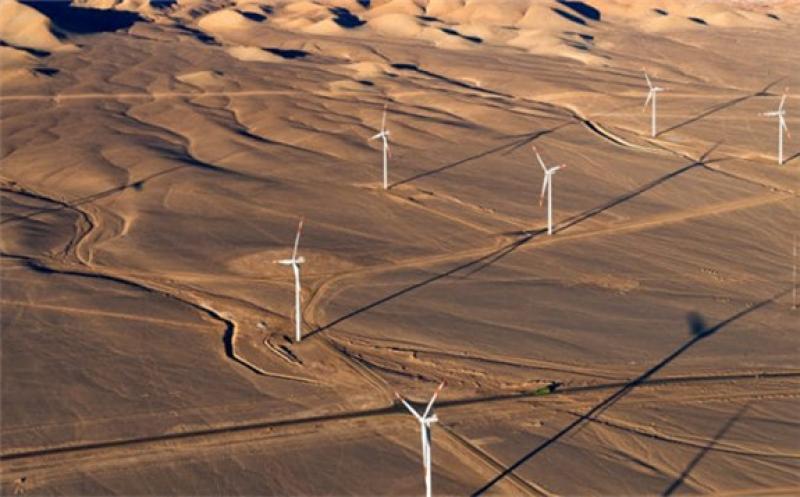Independent Power Producer (IPP) Lekela Power is connecting the first part of its West Bakr wind farm to Egypt's national grid. The facility will eventually have a capacity of 250 MW.

The Egyptian government is moving closer to its goal of generating 20% of the national grid’s electricity from renewable sources by 2022. This is mainly thanks to independent power producers (IPPs) like Lekela Power. This joint venture between the British investment fund Actis and Mainstream Renewable Power is connecting 20 wind turbines from its West Bakr wind farm to Egypt’s national grid.
The remaining 76 turbines will be delivered before the end of 2021 by Siemens Gamesa Renewable Energy, which has secured the contract to build the farm from its owner Lekela, before starting work in 2019. The West Bakr wind farm is located 30 km from the town of Ras Ghareb in the Gulf of Suez and will eventually have a capacity of 250 MW thanks to 96 wind turbines supplied and installed by Siemens Gamesa.
Phase 2 to be commissioned in the coming months
“This is always an exciting milestone, but the fact that this is Lekela’s first project in Egypt only adds to the sense of pride. The 250 MW wind farm will increase Egypt’s (installed) wind capacity,” says Faisal Eissa, Lekela’s managing director in Egypt.
The Amsterdam-based IPP estimates that its wind farm will produce 1,000 GWh of electricity per year. Its output will be fed into the Egyptian Electricity Transmission Company (EETC) grid under a power purchase agreement (PPA), over a 20-year period. West Bakr will be able to power 350,000 Egyptian homes while avoiding the emission of 550,000 tonnes of CO2 equivalent per year. According to Lekela, the West Bakr wind farm will increase Egypt’s wind power capacity by 18%.
However, a major problem with the massive production of wind energy from the Gulf of Suez is its impact on the environment. The wind turbines, which are being built at breakneck speed, are located in the path of migratory birds that leave Europe to spend the winter in the Great Lakes region of East Africa. The risk of collisions is very high. “We are committed to protecting the biodiversity of the Gulf of Suez through our migratory bird protection programme and to supporting the neighbouring community of Ras Ghareb, now and in the future,” promises Faisal Eissa.